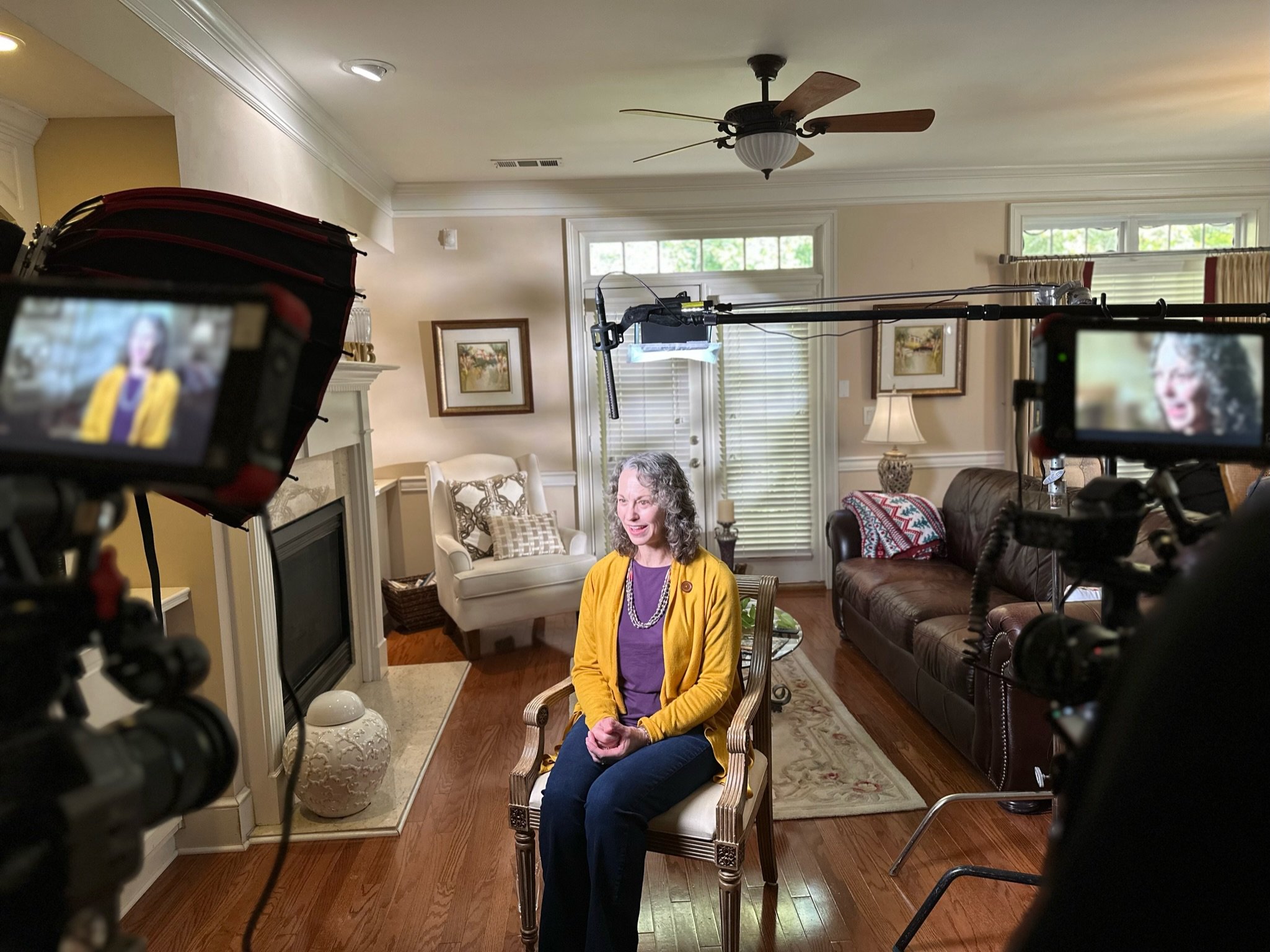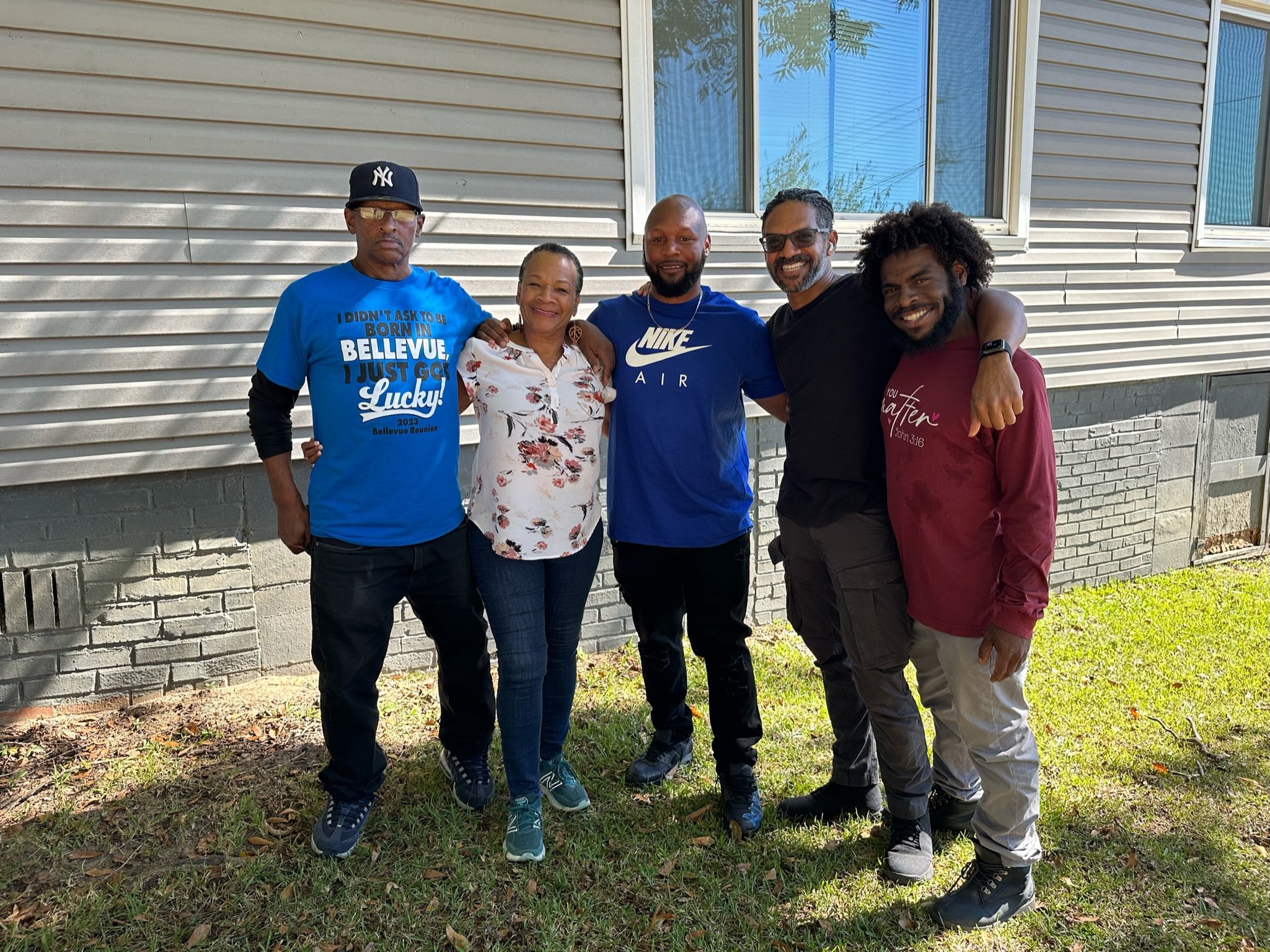SYNOPSIS
1968: Gwendolyn Middleton, an eager, idealistic African American student enters Mercer University in Macon, Georgia, a private, southern university which had begun to integrate its historically White campus four years prior to her admission. In her first meeting with the head of the Art Department, he tells her “niggers aren’t smart enough to earn a degree from this department.”
Undaunted, over the next four years she completes the coursework for a double major in Biology and Studio Art, envisioning a career as the first African-American medical illustrator. Just weeks before graduation, the same professor takes her aside to tell her that her work is “too controversial” to comprise the required Senior Exhibit; thus, preventing her from receiving her Studio Art degree.
She was devastated and felt powerless. Even at relatively-progressive Mercer, a Southern University trying to integrate the historically white campus, there was no one in a position to intervene on her behalf.
Almost fifty years pass.
Then, through chance encounters, the kindness and compassion of strangers, and her own deep faith and perseverance, Gwendolyn’s story is transformed in the most dramatic and remarkable way.
“Breathtaking and inspiring.”

THE FILMING
Gwendolyn Payton met Dan and Brenda Van Ness at a Racial Reconciliation Group organized by a a diverse group of grassroots community activists working in pursuit of racial healing, unity, and justice. As Gwendolyn shared her remarkable story with the group, the idea of creating a documentary emerged.
Over a few weeks in the fall of 2023, a small film crew, led by Director Khary Payton, gathered in Macon, Georgia, to interview Gwendolyn, members of her family, faculty and students from Mercer, experts on desegregation, racial trauma and reconciliation, and fellow classmates from the earliest years of the University’s wrenching transition of integration in the 1960s.
New information emerges from these interviews. The narrative becomes more troubling and even more miraculous.
























